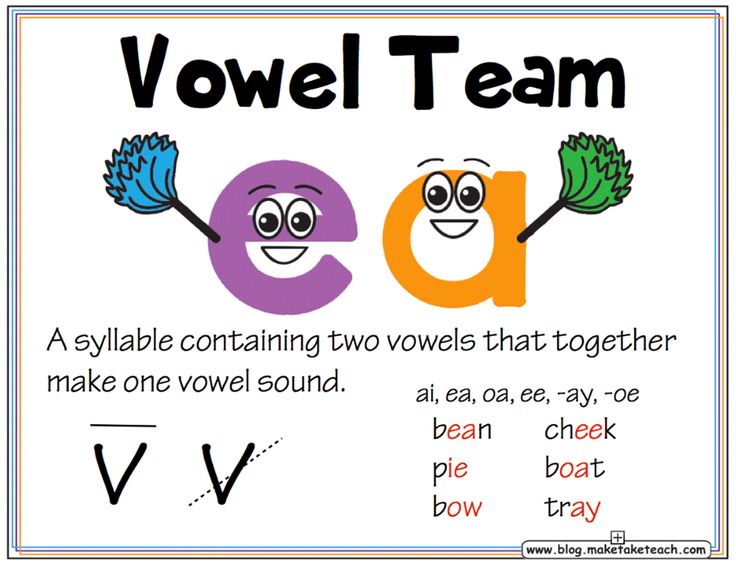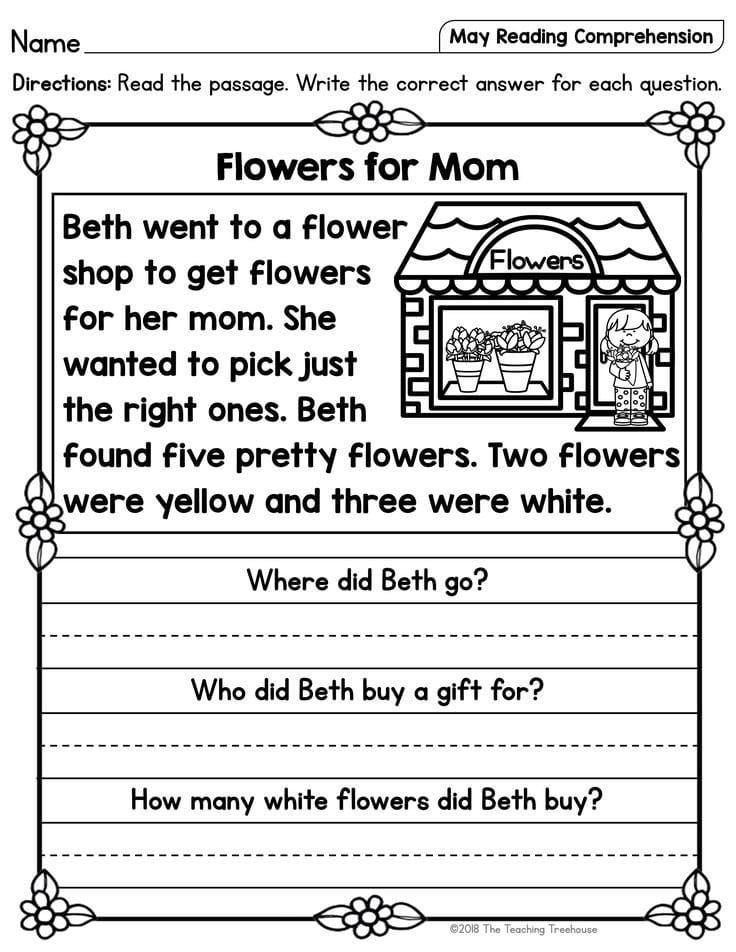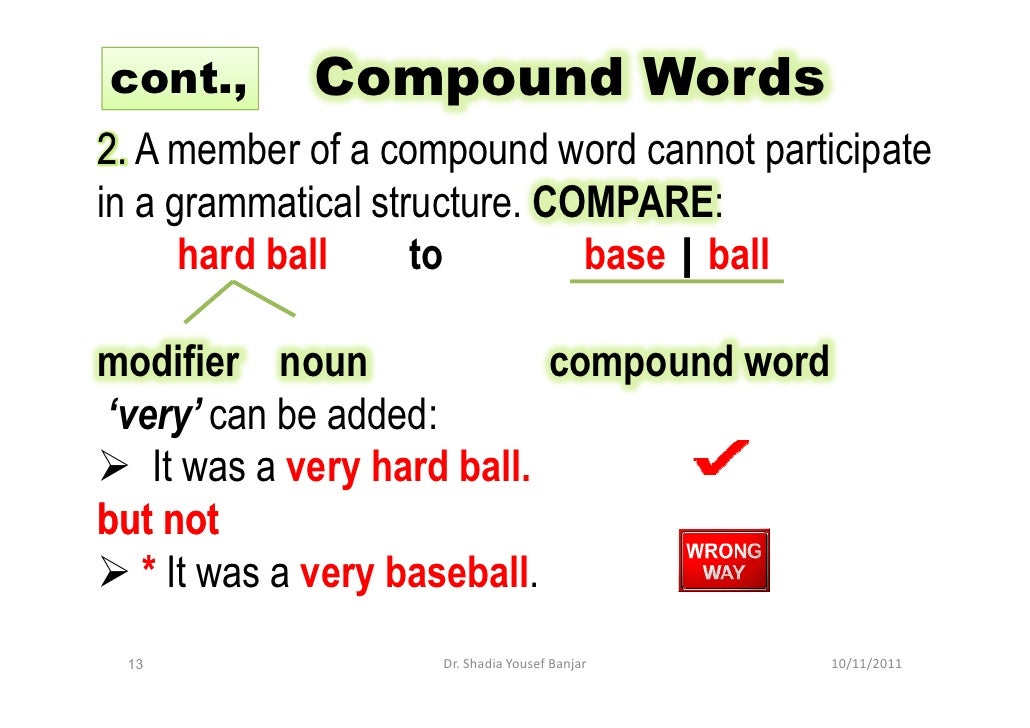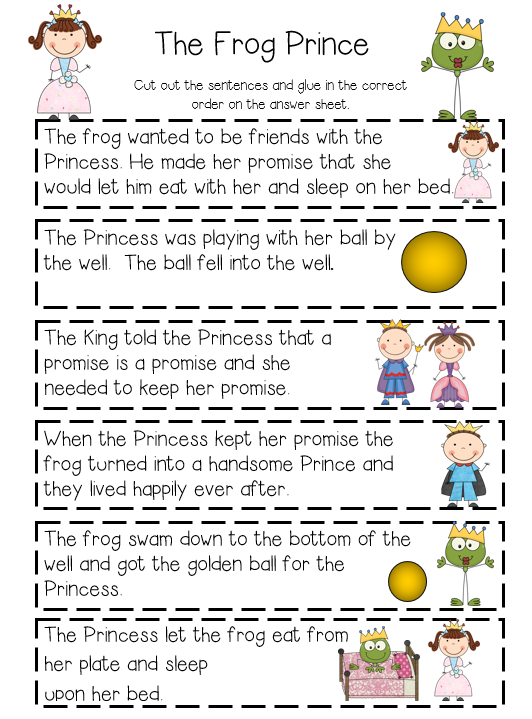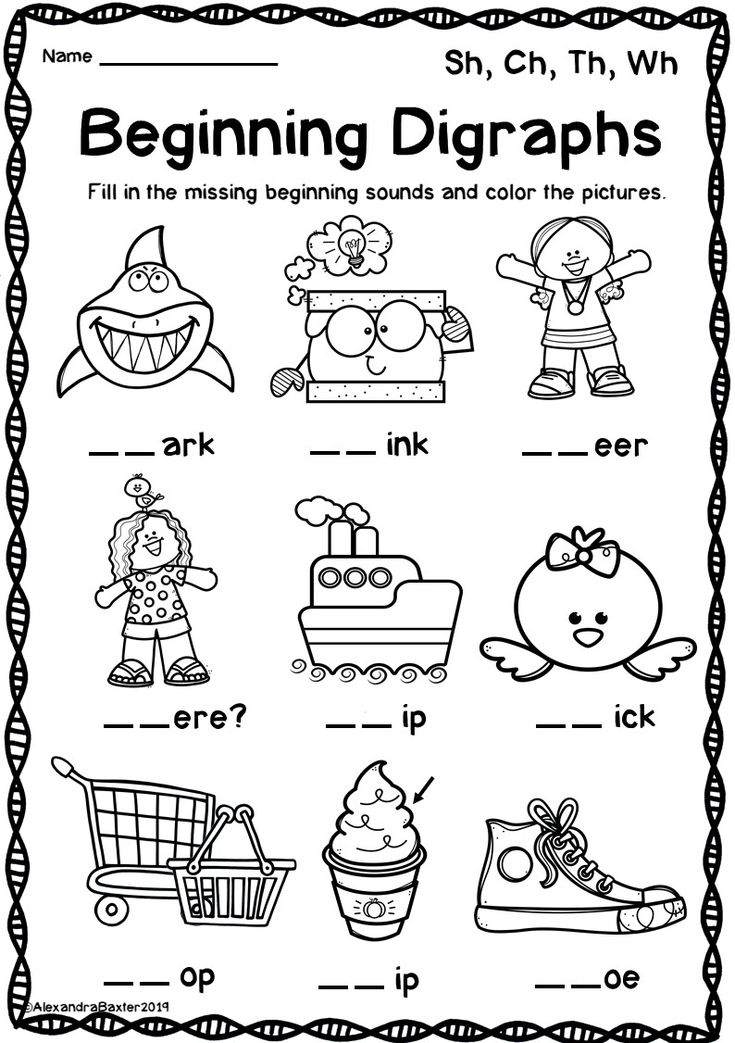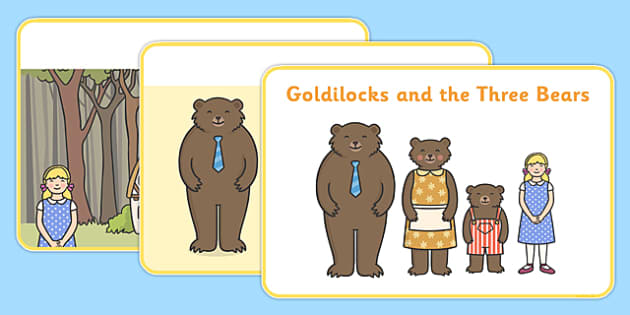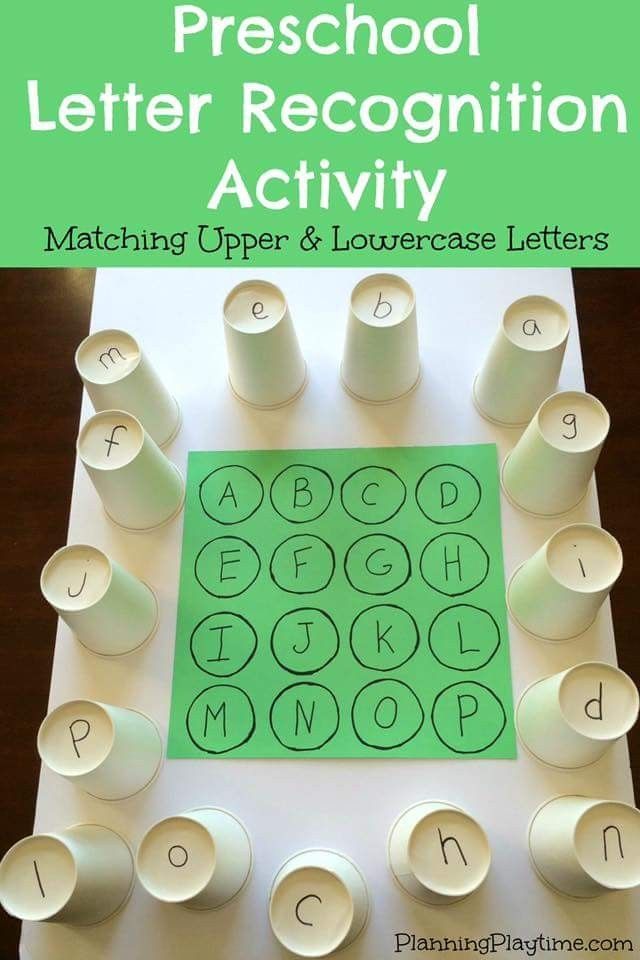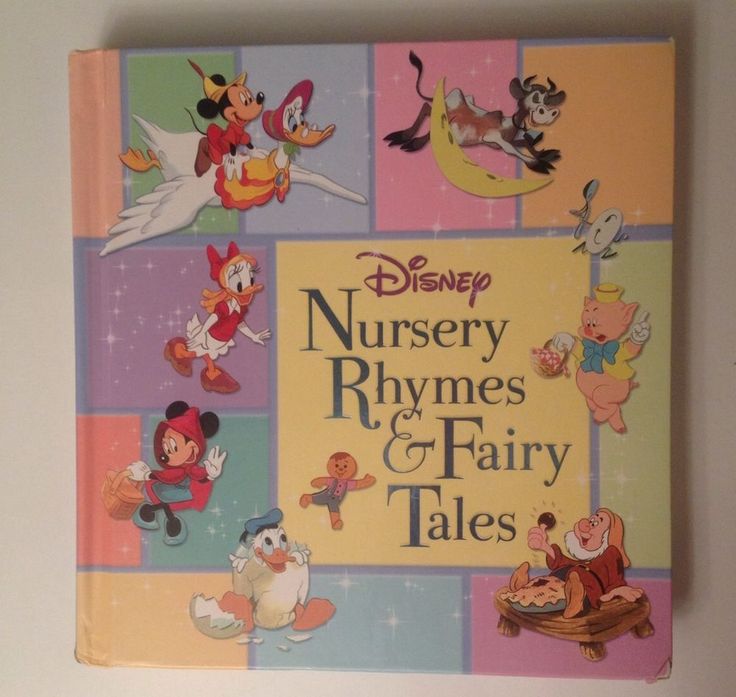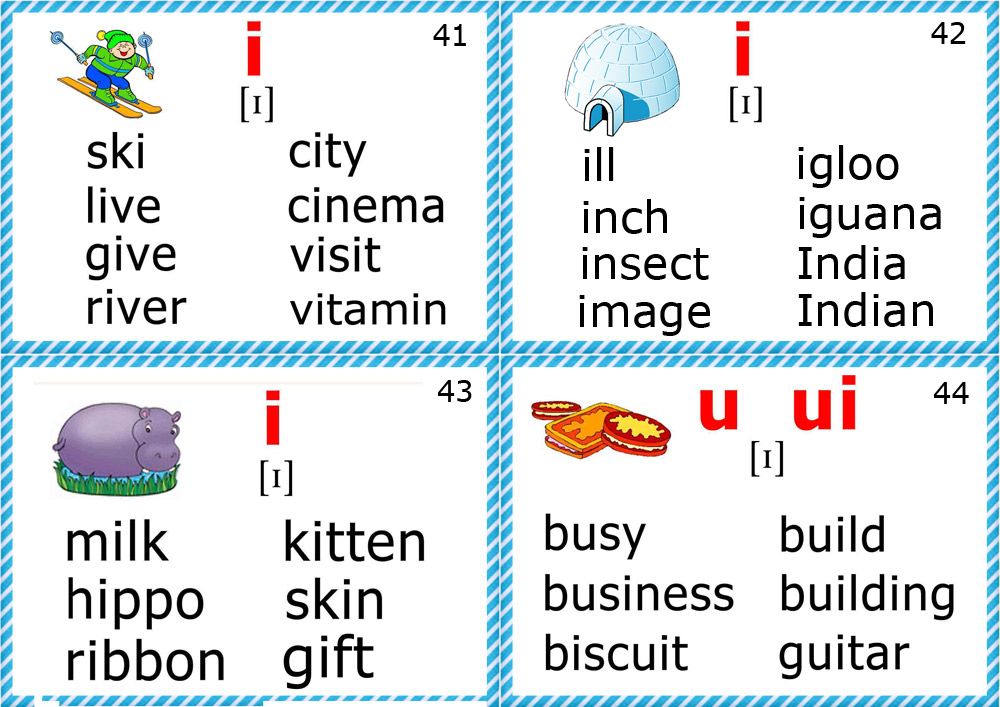What are some vowels
Vowels: Types of Vowels
by Craig Shrives
This Page Includes...
- Video
- Printable & Sendable Test
- Why Vowels Are Important
- Key Points
What Are Vowels? (with Examples)
The letters A, E, I, O, and U are called vowels. The other letters in the alphabet are called consonants.
There is a debate over whether Y is a vowel or a consonant. We will discuss this later.
Formal Definition for Vowel
A vowel is classified as "a speech sound produced by a comparatively open configuration of the vocal tract, with vibration of the vocal cords but without audible friction."Short and Long Vowels
In English, the sounds of the vowels are group into two pairs: short vowels and long vowels.
The short vowels are pronounced as follows:
- "a" as in
"bat"
- "e" as in
"bed"
- "i" as in
"bit"
- "o" as in
"bog"
- "u" as in
"but"
The long vowels are pronounced as follows:
- "a" as in
"haze"
- "e" as in
"he"
- "i" as in
"hi"
- "o" as in
"hope"
- "u" as in
"human"
Unfortunately for those learning English, these vowel sounds can be created with lots of different spellings. It is even common for a single vowel to create the sound of a different vowel (e.g., the "a" in "any" creates a short "e" sound). Here are some examples:
Some alternative spellings for the short "e" vowel:
many
bread
said
leopard
Some alternative spellings for the long "a" vowel:
pain
prey
pray
-
puree
When teaching vowels, it used to be a common practice to show the short vowels as lowercase letters (aeiuo) and the long vowels are uppercase letters (AEIOU).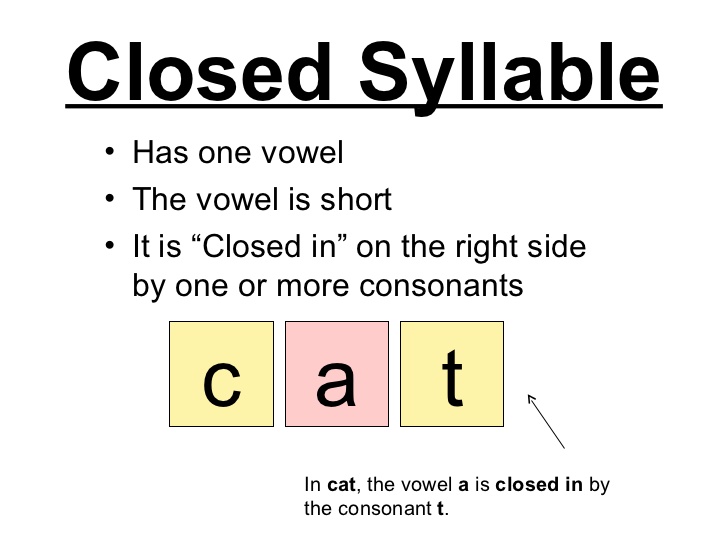 However, as both sets usually appear as lowercase letters in words, this practice has largely been dropped from teaching materials.
However, as both sets usually appear as lowercase letters in words, this practice has largely been dropped from teaching materials.
That's Interesting!
Every Syllable Has a Vowel Sound
A vowel sound (but not necessarily a vowel in the actual spelling) will be present in a syllable.
Interesting Words
Here are some interesting words with regard to their vowels:
- The word "Iouea" (a genus of sea sponges) contains all five vowels and no other letters. (Being the name of a genus (i.e., a proper noun), it is written with a capital letter. Also of note, it is the shortest word with four syllables.)
- The words "abstemious" and "facetious" contain all five vowels in order.
Is Y a Vowel?
Using the formal definition above, the letter Y in words like "hymn" and "shy" is also a vowel. However, in words like "beyond" and "yes," Y is a consonant because the breath is partly obstructed.
However, in words like "beyond" and "yes," Y is a consonant because the breath is partly obstructed.
So, is Y a vowel? Well, sometimes it is, and sometimes it isn't, which is why it is often called a semi-vowel. The argument for classifying Y as a consonant (which most do) is based on this: When Y is a vowel, it is really just an I. When it is a consonant, it is being itself.
Why Vowels Are Important
Here are two good reasons to think more carefully about vowels.
(Reason 1) Be clear on when to use "an" and "a."
Use "an" (not "a") before a vowel sound. The important word here is sound.
Get the Rule Right!
This is the rule:
- Use 'an' before a vowel sound.
This is NOT the rule:
- Use 'an' before a vowel.

Knowing when to use "a" and "an" is all about the sound of the next letter. (It is not about whether the next letter is a vowel or a consonant.). Look at these examples:
- an apple. a apple. ("An" is correct because "apple" starts with a vowel sound (and a vowel for that matter).)
- an RTA. a RTA ("An" is correct because "RTA" starts with a vowel sound ("ar"), even though the first letter is not a vowel.)
While we're on this subject, it's worth reminding ourselves that the words "an" and "a" are called the indefinite articles.
- An unidentified man with a unicorn tattoo rented a house an hour ago. (Even though they start with the same three letters, "unidentified" and "unicorn" attract different indefinite articles. Similarly, "hour" attracts "an" while "house" attracts "a.
- Becoming a eunuch wasn't a one-off deal it was a two-off deal. ("Eunuch" and "one-off" start with vowels but with consonant sounds.)
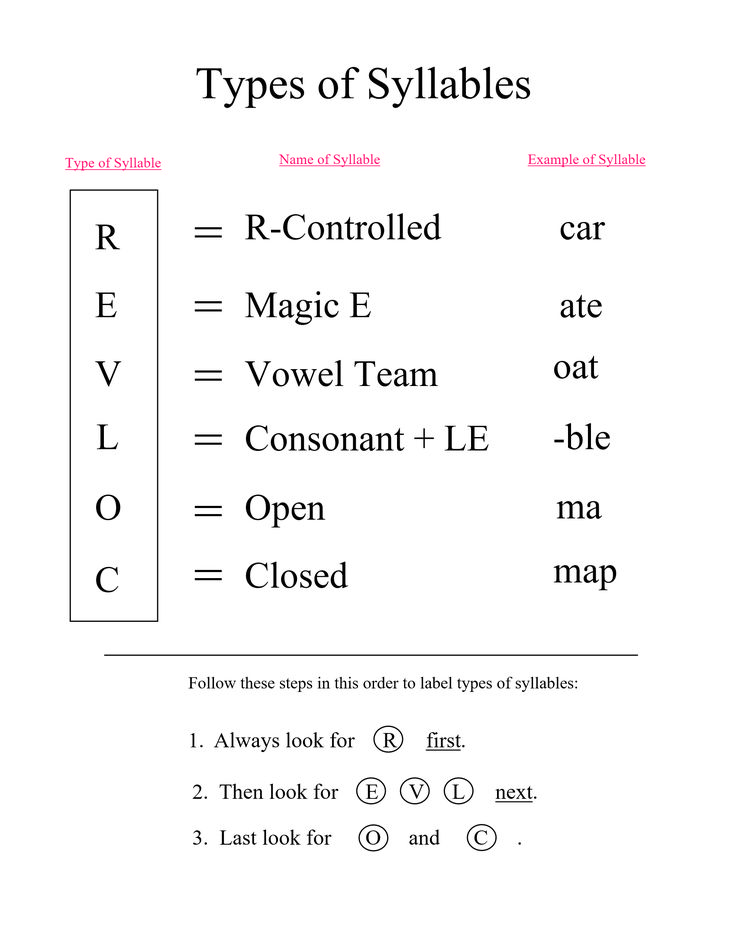 " Remember that it's all about the sound of the first letter.)
" Remember that it's all about the sound of the first letter.)
Read more using "an" and "a."
(Reason 2) Use assonance to add rhythm and musicality to your writing.
Assonance is a literary technique created by repeating the same vowel sound in neighboring words. It is used by lyricists and poets to encourage their readers and listeners to consider the near rhyme created by the assonance. (NB: Assonance contrasts with consonance, which is a similar literary technique in which nearby words repeat the same consonant sound.)
Here are some examples of assonance:
- His fleet feet seem impossible to beat.
- "A host, of golden daffodils" (Extract from "I Wandered Lonely as a Cloud" by poet William Wordsworth)
- "Hear the mellow wedding bells" (Extract from "The Bells" by American writer Edgar Allen Poe)
Read more about assonance.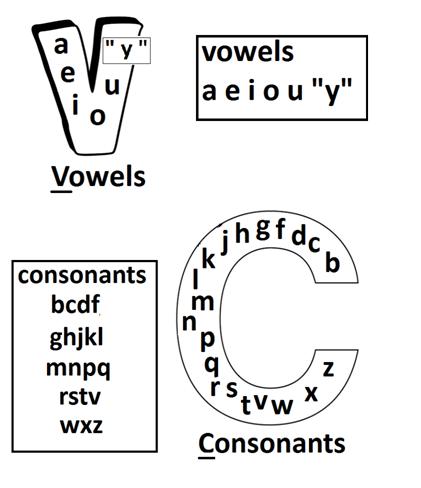 Here, for comparison, is an example of consonance:
Here, for comparison, is an example of consonance:
- I earn my keep by cracking locks or picking pockets.
Key Points
Try our drag-and-drop test on the types of syllable.
Video Lesson
Here is a 12-minute video summarizing this lesson on vowels.
Printable Test
Help Us Improve Grammar Monster
- Do you disagree with something on this page?
- Did you spot a typo?
Find Us Quicker!
- When using a search engine (e.g., Google, Bing), you will find Grammar Monster quicker if you add #gm to your search term.
Next lesson >
See Also
What is a diphthong?The top 10 spelling rulesThe top 20 misspelled wordsHow to improve your English spellingWhat is a schwa vowel?What is assonance?What is consonance?Using "an" or "a" with consonantsDrag-and-drop test on the types of syllableGlossary of grammatical terms
Page URL
What are vowels and consonants?
We explain what vowels and consonants are and how primary-school children are taught to identify CVC, CCVC and CVCC words, vowel digraphs and consonant digraphs.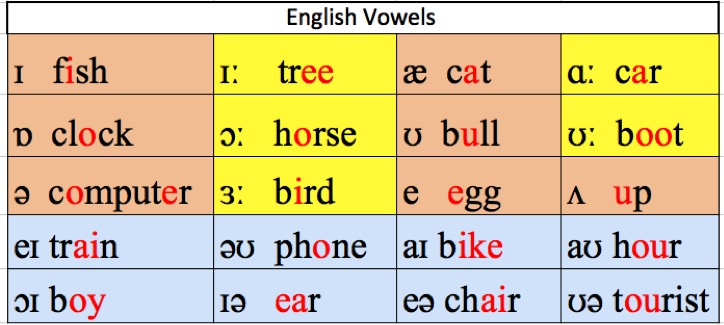
or Register to add to your saved resources
What are vowels and consonants?
The alphabet is made up of 26 letters, 5 of which are vowels (a, e, i, o, u) and the rest of which are consonants.
A vowel is a sound that is made by allowing breath to flow out of the mouth, without closing any part of the mouth or throat.
A consonant is a sound that is made by blocking air from flowing out of the mouth with the teeth, tongue, lips or palate ('b' is made by putting your lips together, 'l' is made by touching your palate with your tongue).
The letter 'y' makes a consonant sound when at the beginning of a word ('yacht', 'yellow') but a vowel sound when at the end of a word ('sunny', 'baby').
Watch your child's grammar confidence grow
- Perfect Punctuation Workbook
- Grammar Games Pack
- PLUS 100s of other grammar resources
Download Your Free Packs Today
Vowels and consonants in primary school
Children learn all the letters of the alphabet in the Foundation Stage (nursery and Reception years).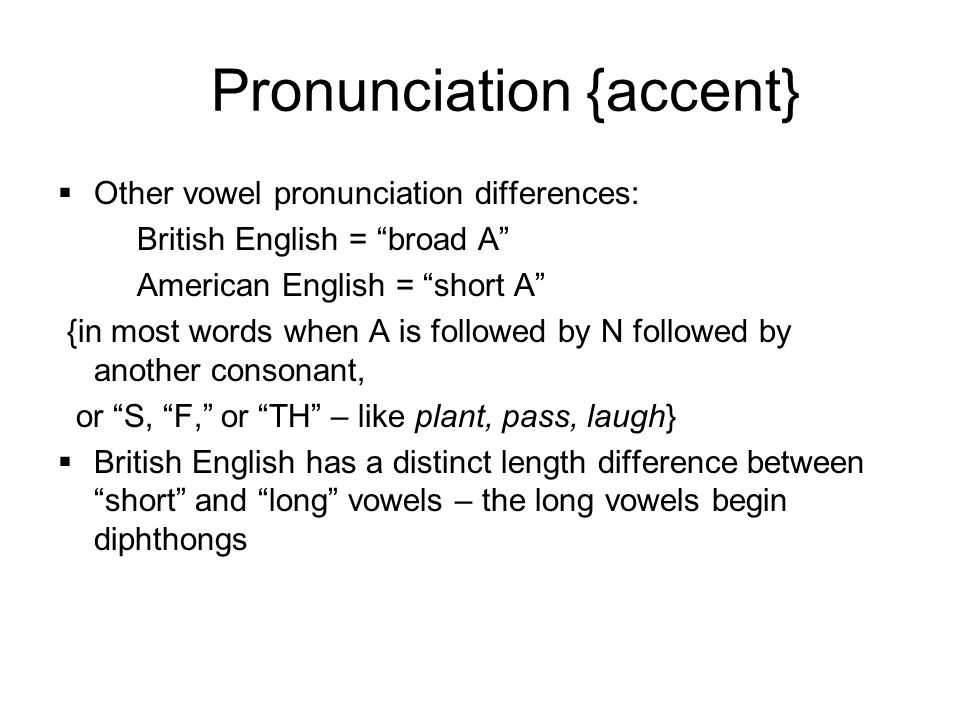 This means they learn to look at a letter and then make its sound, but also to hear the sound of a letter and be able to write it down.
This means they learn to look at a letter and then make its sound, but also to hear the sound of a letter and be able to write it down.
In Reception children move onto learning to read and write CVC words (consonant, vowel, consonant) such as cat, top, hit, nap.
They then move on to read and write CCVC words such as trip, stop, pram.
They also learn CVCC words such as milk, lamp, tusk.
Children will also learn that sometimes two vowels are put together to make one sound, such as ai, oo, ea, ie which can be found in words such as rain, boot, read and pie. When two vowels are put together to make one sound, this is called a vowel digraph.
They also learn that sometimes two consonants are put together to make one sound, such as th, ch and sh which can be found in words such as bath, chip and mash. When two consonants are put together to make one sound, this is called a consonant digraph.
Teachers may or may not make children aware of all the linguistic vocabulary in bold above. It is not necessarily important that they know these words or can define them: the most important thing is that they learn to read and write individual letters and words with confidence through thorough step-by-step phonics activities.
Children moving up the school may notice certain things about vowels and consonants. For example, in English we rarely have three or more vowels together; beautiful, queue, liaise, quail, quiet, squeal are some of the few words that use this spelling pattern.
Another thing children may notice is that every word in the English language contains a vowel. This is quite a useful thing to know when playing hangman: go for the vowels first!
This is quite a useful thing to know when playing hangman: go for the vowels first!
More like this
What are CVC words, CCVC words and CVCC words?
Phonics teaching step-by-step
What is a digraph?
Recognising short vowels in CVC words (Phase 2 phonics)
What is ‘magic e’ or a split digraph?
Reading vowels (Phase 2 phonics)
Two-letter vowel sounds: /ee/ /oo/ /ur/ (Phase 3 phonics)
Joining vowels: handwriting practice activity
Using unstressed vowel words
Vowel sounds and letters. How many are there in Russian?
We will teach you how to write without mistakes and tell stories in an interesting way
Start learning
The correct pronunciation of words is one of the components of a beautiful and literate speech.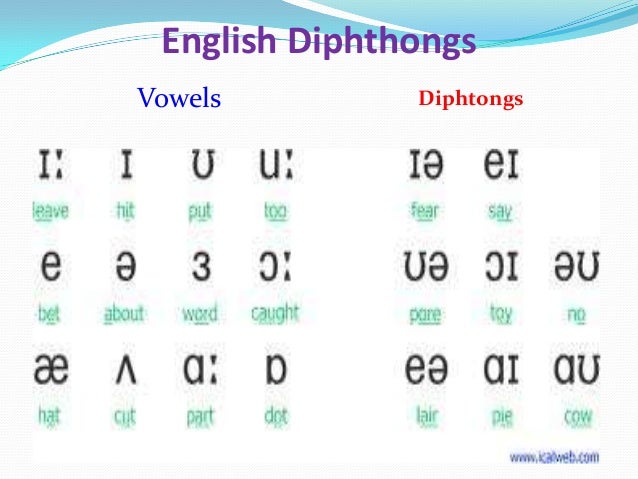 To achieve this, you will first have to study the sounds themselves. In this article, we will figure out together what vowel sounds are, how many vowels are in the alphabet of the Russian language, and what sounds they can represent.
To achieve this, you will first have to study the sounds themselves. In this article, we will figure out together what vowel sounds are, how many vowels are in the alphabet of the Russian language, and what sounds they can represent.
What are vowels and sounds
Vowel sounds are those sounds that we freely convey with our voice. Hence their name comes from: voice means "voice". When pronouncing, air exits through the mouth and does not create noise, and the position of the tongue and lips determines which vowel sound we will pronounce.
There are much fewer vowels in Russian than consonants. There are 6 of them in total: [a], [o], [i], [s], [y] and [e]. To understand whether a vowel sound is in front of you or not, try to sing it. For example:
-
a-a-a ,
-
woo
-
s-s-s .

If it works, then the sound is a vowel. You can't do that with consonants.
There are more vowels than sounds - there are 10 of them: a, i, u, u, o, e, e, e, i, s . This difference is due to the fact that some of these letters can represent two sounds and are pronounced using a combination of a vowel and a consonant [y']. For example, in the word spruce the letter e expresses two sounds - [y'] and [e]. Let's look at the table all the vowel sounds and the letters that represent them.
| Letter | Sound | Example |
|---|---|---|
| a | [a] | pharmacy |
| i | [a] [d'] + [a] | change anchor |
| y | [y] | moon |
| [y] [y'] + [y] | love skirt | |
| about | [o] [a] | horse milk |
| e | [e] [th'] + [e] [and] | victory raccoon great |
| e | [o] [d'] + [o] | rope hedgehog |
| e | [e] | evolution |
| and | [and] [s] | caviar life |
| s | [s] | choice |
Demo lesson in Russian
Take the test at the introductory lesson and find out what topics separate you from the "five" in Russian.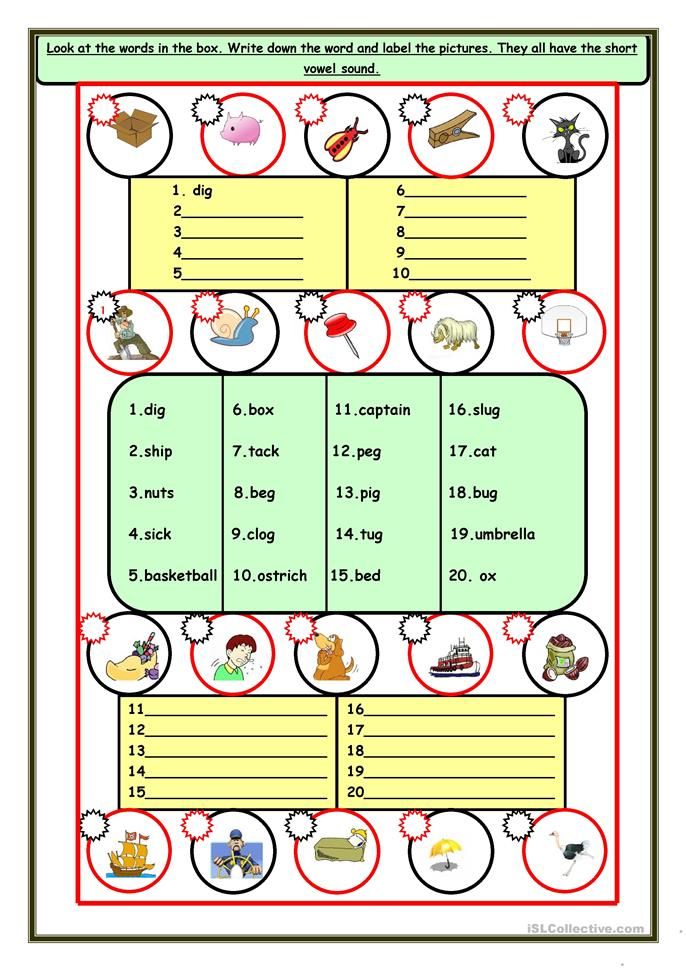
How vowel sounds are related to syllables
Vowel sounds form syllables - sound segments of words that we pronounce with one breath. One syllable can be either a vowel with one or more consonants, or a vowel alone. There is even a rule by which syllables can be counted: how many vowels in a word - so many syllables.
For example, in the word journey there are 5 vowels: [u], [i], [e], [i] and [e]. This means that it has 5 syllables: p-te-she-stv-e .
Test yourself!
Count the number of syllables in the words: try on, tanner, well-groomed, care, prefix, capital, wet, invitation, orange .
Vowel sounds and stress
Now let's see what groups vowel sounds are divided into. Sometimes their pronunciation depends on whether the stress falls on them, that is, whether we single them out with our voice. So vowel sounds are divided into stressed and unstressed. Here are some examples:
Here are some examples:
| | | |
|---|---|---|
| | | |
| | | |
| | | |
Stress in Russian can fall on any of the existing vowel sounds. However, only 4 of them can be unstressed - these are [a], [i], [y] and [s]. In this position, we pronounce sounds weaker than under stress, because of which they can change qualities and sound differently.
Interestingly, the vowels [o] and [e] can only be stressed. There are only a couple of exceptions to this rule: for example, in words cocoa and canoe sounds [o] and [e] in an unstressed position.
How unstressed vowels are related to consonants
How an unstressed vowel sounds depends on the consonant that precedes it. Or rather, from its hardness or softness. If it is a hard consonant, it can be followed by unstressed vowels [y], [a] and [s]. When we talk about a soft consonant, it is followed by unstressed vowels [y] and [and].
| | |
|---|---|
| | |
| | |
| | |
Free English lessons with a native speaker
Practice 15 minutes a day.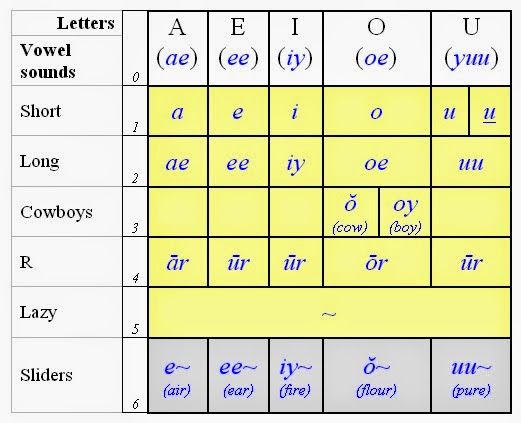 Learn English grammar and vocabulary. Make language a part of life.
Learn English grammar and vocabulary. Make language a part of life.
Test yourself
It's time to find out if you now understand well what vowel sounds are in Russian. To do this, we have prepared tasks for self-examination.
Task 1
List all the vowel sounds in these words:
-
screech,
fair,
rejoice,
doll,
distant,
buddy,
voting,
mirror,
story,
OK,
captivate.
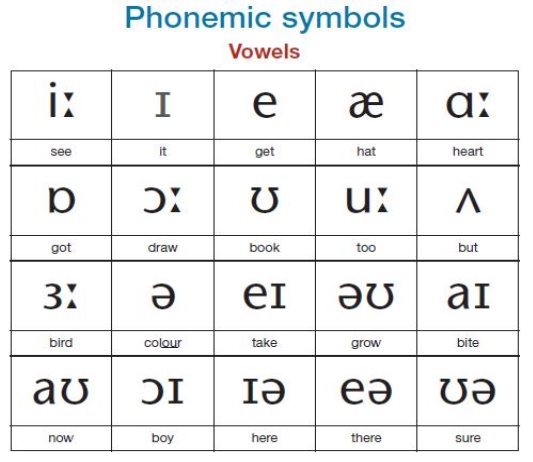
Task 2
Name 5 words each in which the sounds [a], [i], [y] and [s] would be stressed.
Task 3
Name 5 words in which an unstressed vowel would come after a hard consonant and 5 more words where it would follow a soft consonant.
Task 4
Count the number of syllables in the words below (don't forget to use the rule you learned at the beginning of the article!):
-
weightless,
-
sunrise,
-
adventure,
-
painter,
-
perpetuate,
-
pleasant,
-
image,
-
category,
-
exciting,
-
melting,
-
snowflake.
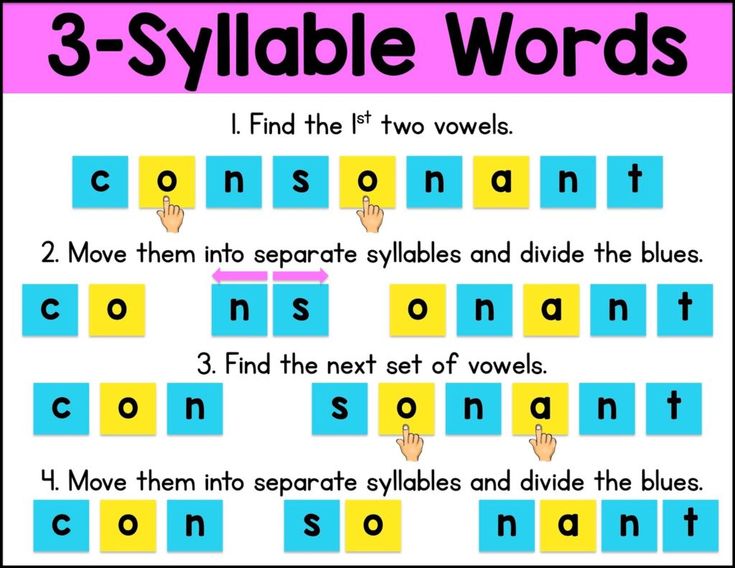
The rules of phonetics help us to speak correctly, so it is important to master the topic of vowels well and avoid gaps in knowledge. If even after reading the article you still have questions on the topic, you can figure them out in the Russian language course at Skysmart. In online lessons, the teacher will help the student work out the theory and consolidate the result on non-boring tasks. So the student will be able to improve the quality of knowledge, and fall in love with the subject.
Russian cheat sheets for parents
All the rules for the Russian language at hand
Vowels and vowel sounds of the Russian language - diagram, table
In Russian there are 10 vowels, 6 vowels. e, e, o, u, s, e, u, i. Vowel sounds: [a], [o], [y], [e], [i], [s]. In the school curriculum, vowel sounds are indicated in the diagrams in red. In elementary grades, they explain: vowels are called so because they “voice”, they are pronounced “voiced”, while consonants got such a name because they “agree” with vowels.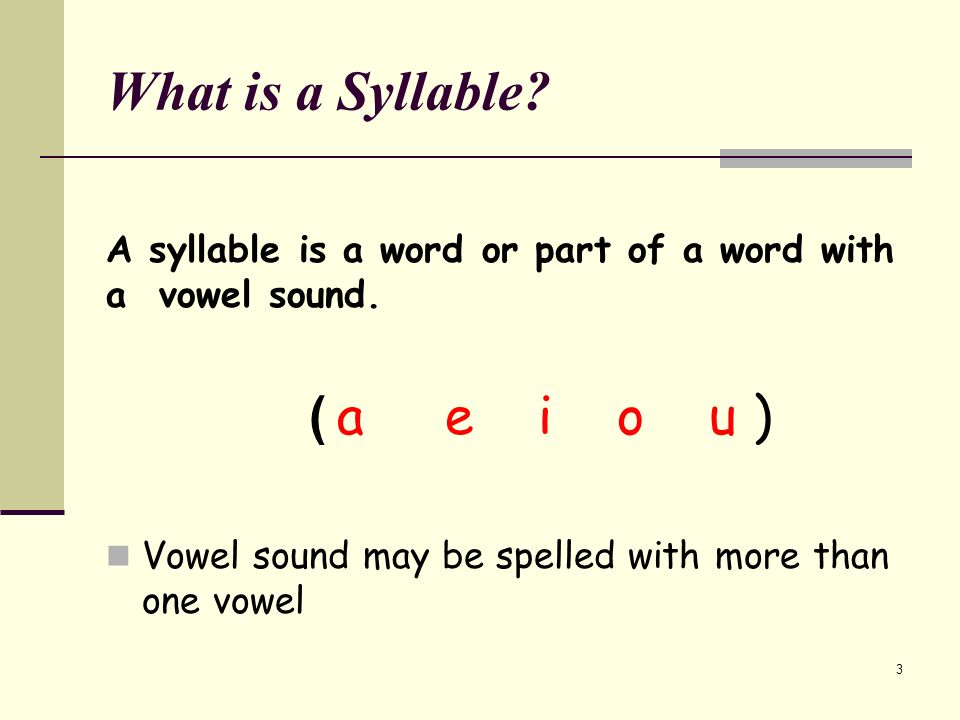
Stressed and unstressed vowels
There are vowel sounds:
It is correct to say "stressed syllable" and "unstressed syllable". Instead of "stress falls on a vowel" say "stress falls on a syllable with a vowel." However, in the literature there are formulations "stressed vowel" and "unstressed vowel".
Stressed vowels are in a strong position, they are pronounced with more force and intonation. Unstressed vowels are in a weak position, they are pronounced with less force and may be subject to change.
Note. The designation of the letter e in a weak position differs in different school programs. Above we showed the sound [and], in other school programs the designation [e] is found, in the institute program - [e and ] (e with an overtone and).
Scheme 2. Division of vowels into stressed and unstressed.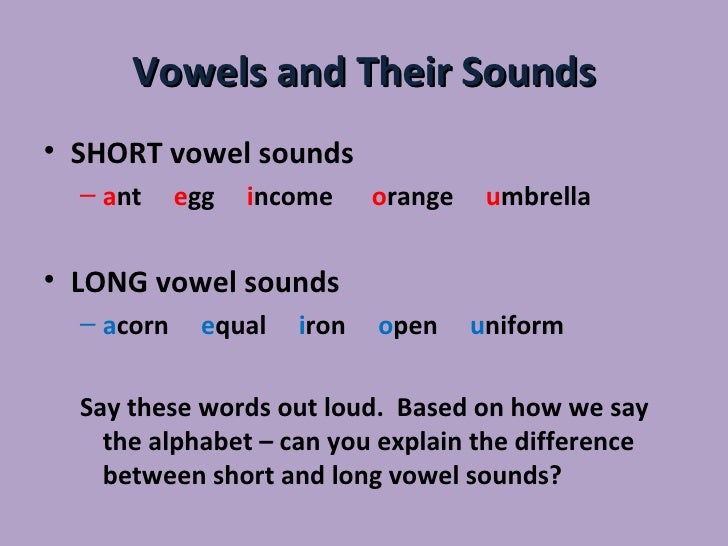
In Russian there are compound words with primary and secondary stress. In them, with a strong intonation, we highlight the main stress, with a weak intonation - a secondary one. For example, in the word foam blocks, the main stress falls on the syllable with the letter o, the secondary stress on the syllable with the letter e. In phonetic analysis, the vowel with the main stress is stressed, the vowel with the secondary stress is unstressed. For example: tricuspid, three-year-old.
Iotated vowels
The letters i, u, e, ё are called iotated and mean two sounds in the following positions of the word:
- at the beginning of the word: tree [y'olka], Yana [y'ana], raccoon [y'inot];
- after a vowel: hare [zay'its], button accordion [bay'an];
- after ь or ъ: streams [ruch'y'i], rise [fall'om].
For ё and stressed vowels i, u, e, a replacement is made: i → [y’a], yu → [y’u], e → [y’e], yo → [y’o]. For unstressed vowels, a replacement is used: i → [y'i], e → [y'i].